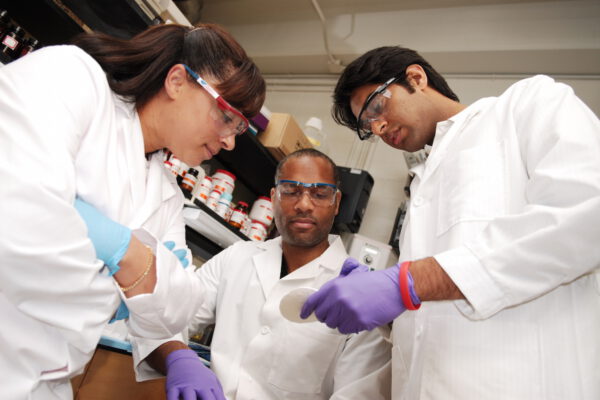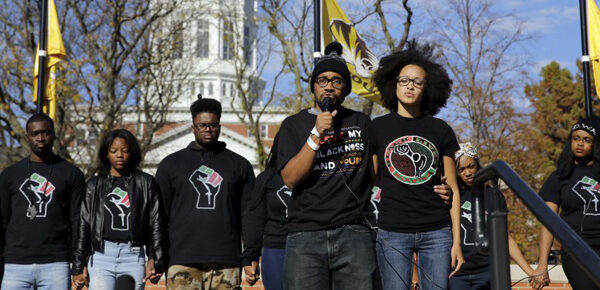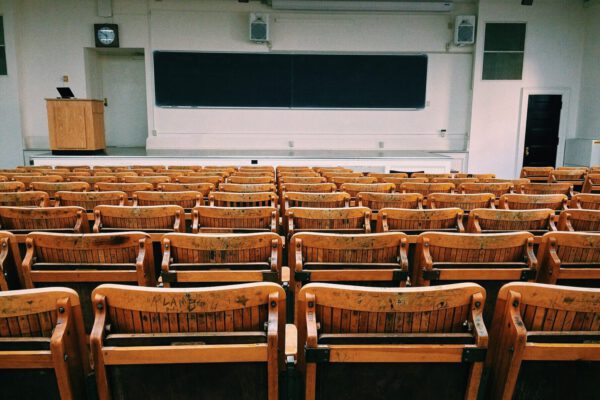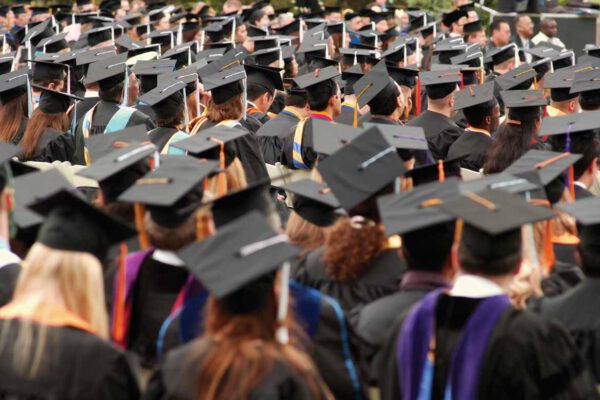
New Report Looks at Undocumented Student Resource Centers Across the Country
September 10, 2018
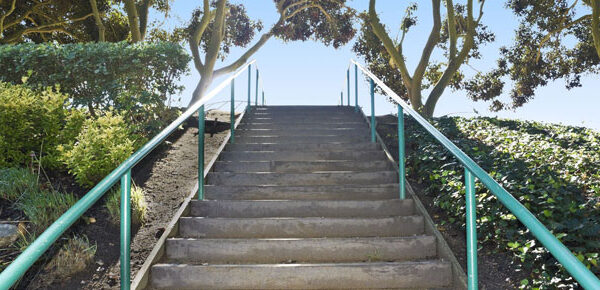
Faces of Dreamers: Jorge Mendez Barcelo, Woodbury University
August 15, 2018

MSIs Are a Viable Path up the Economic Ladder
New data show that minority serving institutions are transforming the lives and income mobility of students of color and students from low-income backgrounds—in many cases, at rates exceeding that of non-MSIs.
July 23, 2018
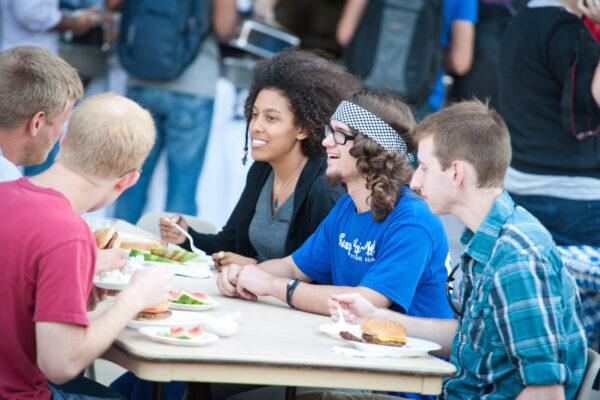
Why We Should Partner with Students to Address Campus Mental Health
Students know students, says Laura Horne, director of programs for Active Minds. Engaging them as equal partners in improving mental health on campus can make all the difference.
July 16, 2018
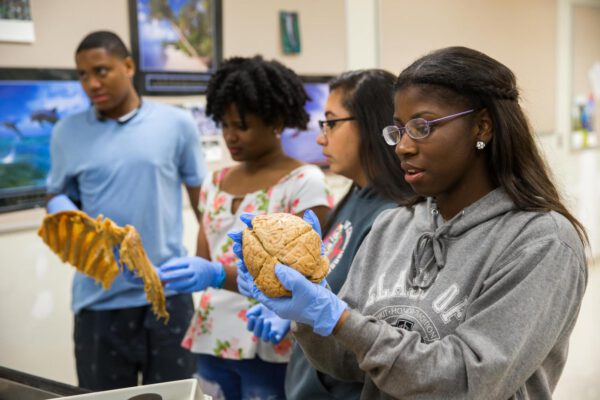
Climate, Mentoring, and Persistence Among Underrepresented STEM Doctoral Students
To ensure true equity and success for underrepresented students in STEM, institutional efforts to increase demographic diversity through recruitment must be accompanied by the creation of an inclusive environment where students can thrive.
June 25, 2018

